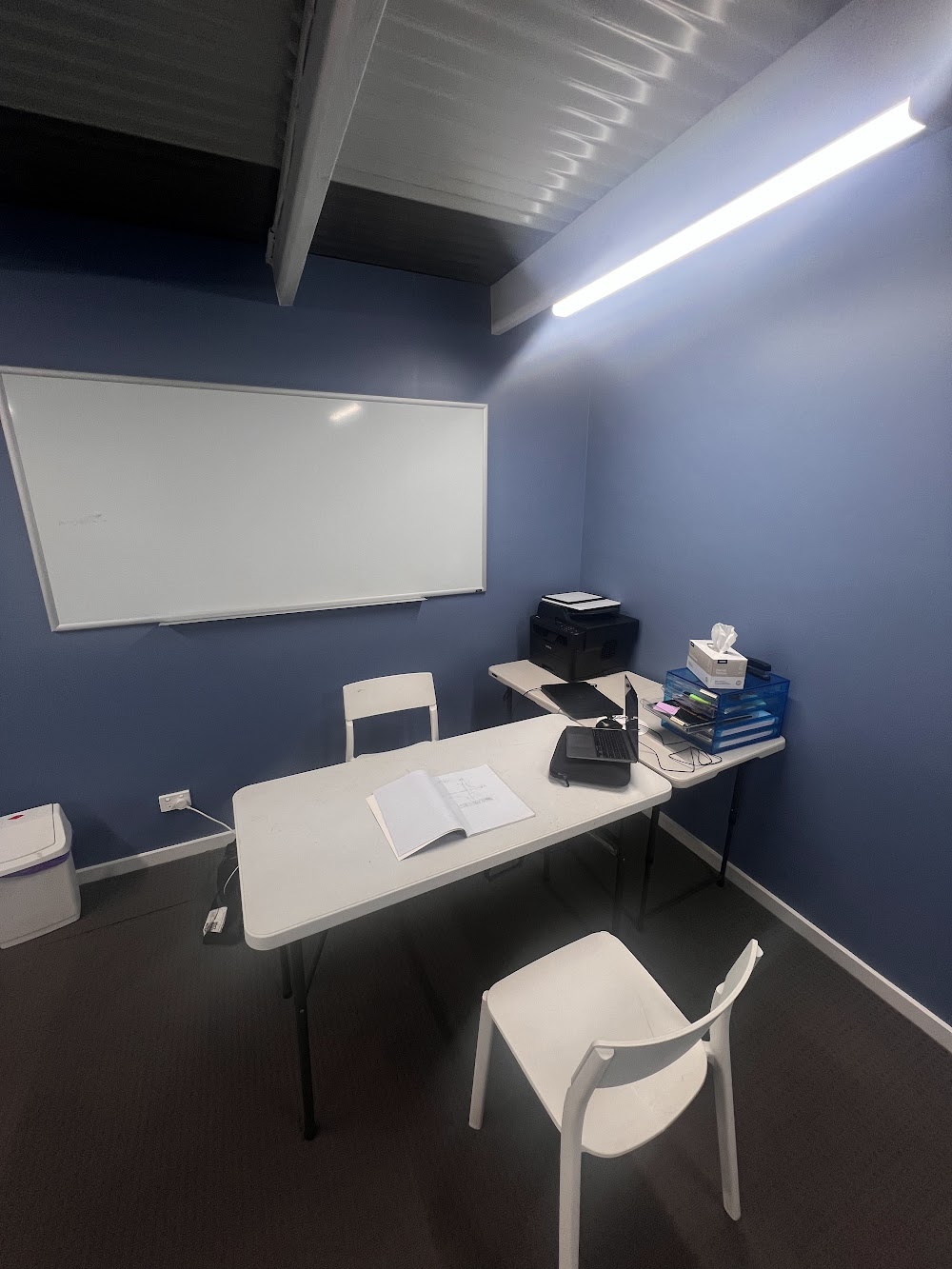
Using a whiteboard instead of just pen and paper during tutoring can make a big difference, both for structure and for encouraging students to learn independently. When the tutor uses the whiteboard for explaining things and leaves the paper on the desk for the student to work on, it creates a simple but effective setup where each space has its own purpose. The whiteboard becomes a focal point, making it easier for students to follow along as ideas are broken down visually. The large surface lets concepts stand out clearly without the clutter that often comes with notes on paper.
This setup naturally creates two distinct areas, the whiteboard and the paper. The pen and paper become a setting where the student can practice independently while still being able to ask the tutor for help if needed, while the whiteboard serves as a place for instruction and explanation. This encourages the student to approach the question on their own, developing problem-solving skills and resilience.
Having a dedicated “practice zone” on paper lets students process ideas more actively, promoting deeper understanding. Working through problems on their own paper also helps build their confidence, as they learn to take charge of their learning journey.
This approach also promotes the student to explore and attempt the question themselves, allowing them to more thoroughly interpret the question. By reading and, by extension, thinking about the question, they engage in much more mental stimulation compared to simply being read the question.
Lochlan Beetham

